Beatrix Ruf takes up the post of Artistic Director of the Stedelijk Museum in Amsterdam this November, following her appointment in April. She joins the museum after 13 years at the helm of the Kunsthalle Zürich, where she has overseen many highly acclaimed contemporary exhibitions, as well as a significant expansion programme.
Congratulations on your appointment. What does this new role mean to you?
It’s a dream position, as well as a challenge. The Stedelijk has an amazing exhibition history and a breathtaking collection. Of course, it’s quite a different beast from the Kunsthalle Zürich, which means I’m both really excited and also – I think very constructively – a little bit nervous.
The appointment has also made me think about what the two institutions have in common. Both have consistently thought about art and contemporaneity through the exhibitions they’ve staged: the great thing about the Stedelijk is that, ever since its foundation in the late 19th century, it has always been closely related to the production of the now.
A history of engaging with contemporary culture is part of the museum’s DNA.
You’re inheriting a busy exhibition programme. What are you most looking forward to in your first year in the post?
The great thing is that there are some open slots! I’m keen to work closely with the curatorial staff on adding a few things to the existing programme, as well as looking ahead to 2016. But what I’m really looking forward to is thinking about how the permanent collection relates to the temporary exhibitions, and to understanding the space and its potential.
The Stedelijk has undergone significant changes in the last decade, with the new Benthem Crouwel wing, and reopening after a long period of closure in 2012. What does the museum need in the coming decade?
I think the Stedelijk needs courage…courage and openness, and a real strengthening of how its history relates to its current activity. We should make that history visible in a really lively way. Many artists and curators tell me just how formative the Stedelijk and its exhibitions have been for their understanding of art, and stress how important it is that the museum is willing to challenge itself. In fact, even taxi drivers in Amsterdam have told me this!
The new building opened to mixed reviews in 2012. What are its strongest points?
It’s a building that people have an emotional response to, which is great. And secondly, the possibility of movement is inherent in it: not only from the outside to the inside, but also in the interior, where I think there are many narratives and stories – pathways of flaneurship – which still have to be discovered and tested. Then there’s the openness, the curtainless entrance – I want to think with the curatorial team about how we can play with that more. I really think good buildings change according to what happens in them.
What do you make of the Dutch contemporary art scene, and how might the Stedelijk do more to support it?
There shouldn’t be any good Dutch artists who haven’t had a show at the Stedelijk. I really intend to show as many of them as possible – and I think they should be more involved with the collection. There’s so much potential in Amsterdam alone, with the great education programmes – the Rijksakademie, De Ateliers, the Gerrit Rietveld Academie, the Sandberg Institute and many more. But the Dutch art scene is also inherently international, and I think that should be more prominently seen at the Stedelijk in many formats: shows, performances, and lectures.
The permanent collection at the Stedelijk must present an exciting challenge?
It has incredible potential. All museums are challenged these days with how to display and interpret the global movement of art, and there are so many narratives in the collection that are waiting to be uncovered. That’s particularly the case with design. It’s such an important part of the Dutch contribution to the aesthetic of the globalised world, as it were.
You’ve been closely involved in advising on major private collections, and setting up POOL (a curatorial programme that encourages collaboration between curators and private collectors). How would you like to work with private collectors in Amsterdam?
There’s a strong tradition that I want to continue, and I’m looking forward to meeting lots of Dutch collectors. One of the next exhibitions focuses on the collection of Martijn and Jeannette Sanders (20 July–9 November), and Pieter and Marieke Sanders recently made a major donation of artworks to the museum.
It’s time for us to reconsider the relationship between the public and private, as well as its ethics. I really think it’s worth developing more historical knowledge of the role private collectors have played in developing museum collections. It’s very important to talk openly about how private ownership contributes to public museums.
Click here to buy the June issue of Apollo
Unlimited access from just $16 every 3 months
Subscribe to get unlimited and exclusive access to the top art stories, interviews and exhibition reviews.

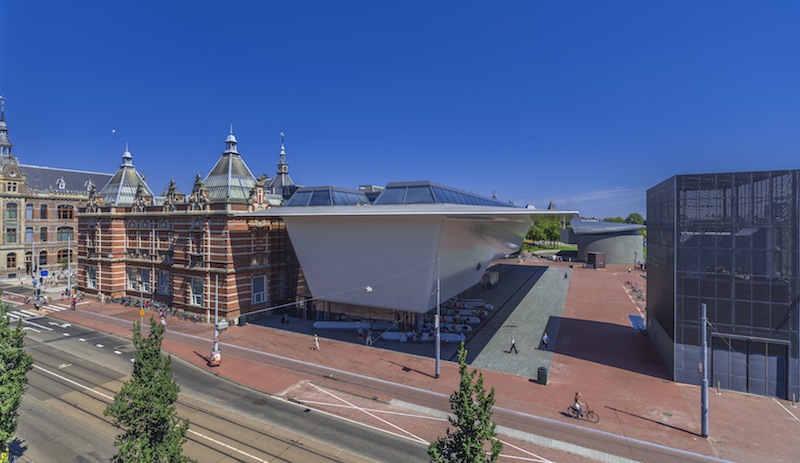
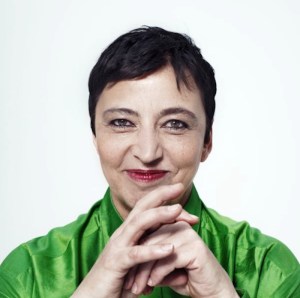
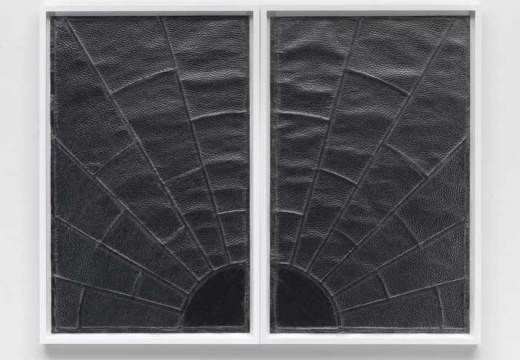
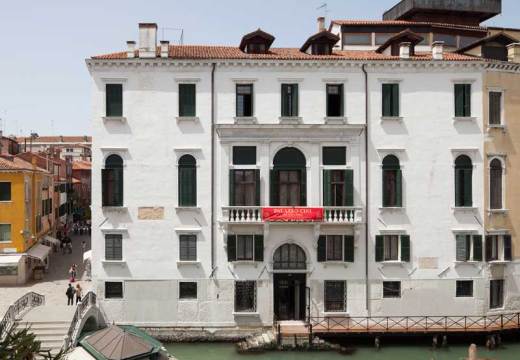
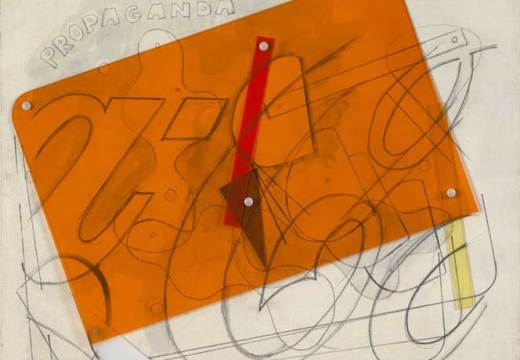









![Masterpiece [Re]discovery 2022. Photo: Ben Fisher Photography, courtesy of Masterpiece London](http://www.apollo-magazine.com/wp-content/uploads/2022/07/MPL2022_4263.jpg)
Has the Fitzwilliam lost the hang of things?